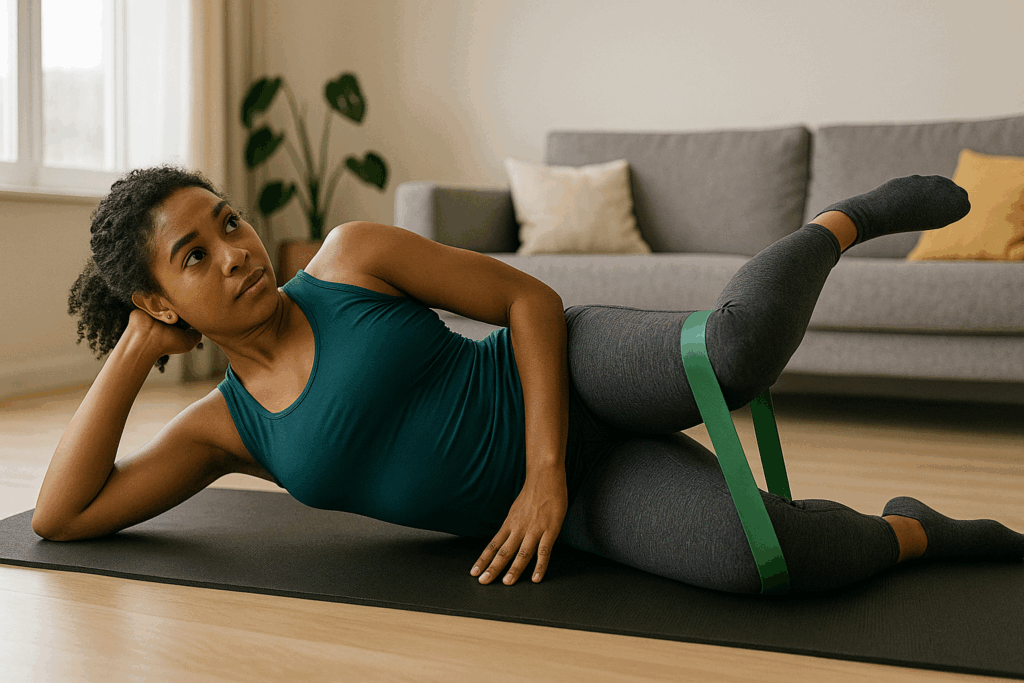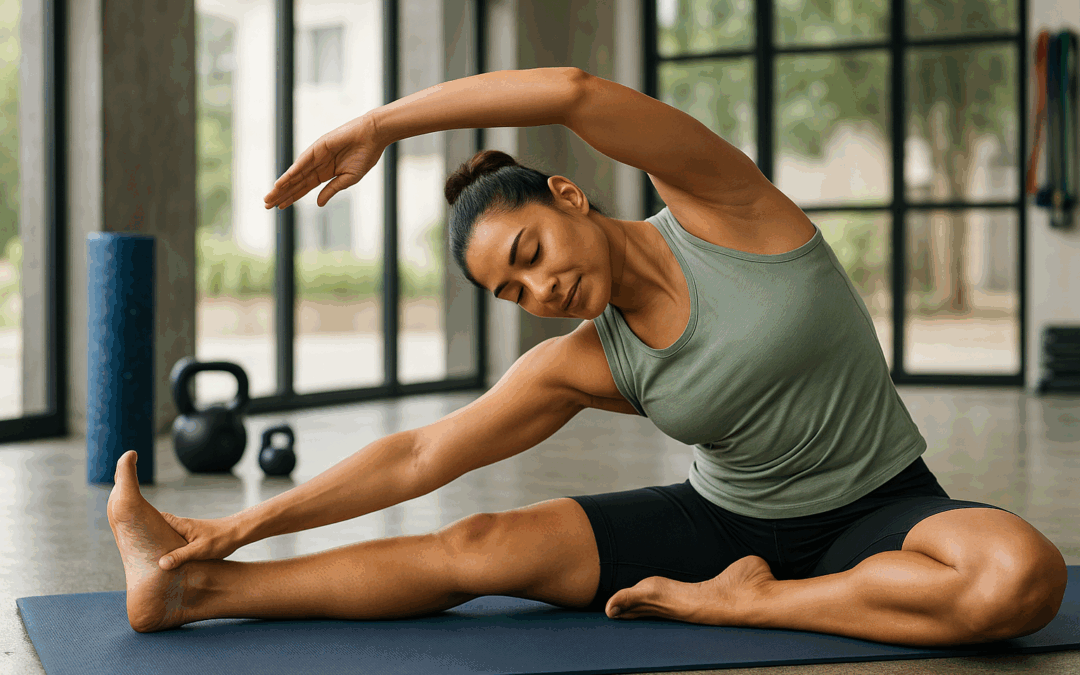Forget the burn—sometimes the best workouts are the ones that don’t leave you breathless. This article explores the benefits of mobility and flexibility training, from preventing injuries to improving posture and performance. With simple routines and tools like foam rollers and resistance bands, readers can boost their physical resilience and feel better moving through daily life.
Why Mobility Matters

Mobility training isn’t just stretching—it’s about maintaining or improving your ability to move freely and efficiently. When your joints and muscles work in harmony, you reduce your risk of injury, increase your range of motion, and make everyday movements smoother. Whether it’s reaching overhead or squatting to pick something up, mobility affects how your body functions.
For athletes and casual exercisers alike, better mobility leads to better performance. It supports strength training, enhances cardiovascular workouts, and improves recovery. Even if you’re not chasing a personal best, mobility work ensures your body ages more gracefully and stays pain-free longer.
Tools of the Trade

You don’t need fancy gym equipment to start mobility training. Simple tools like foam rollers, lacrosse balls, and resistance bands can unlock tight muscles and improve circulation. Dynamic stretches, controlled articular rotations (CARs), and bodyweight exercises are often more effective than static stretching alone.
Foam rolling can help release fascial tension, while resistance bands allow you to build strength in end ranges of motion. Incorporating mobility drills into your warm-up or cooldown turns passive habits into active gains. Just a few minutes a day can dramatically improve how your body feels and moves.
Building a Sustainable Routine

The key to lasting results is consistency, not intensity. Start with a few targeted exercises that address your tightest or weakest areas—hips, shoulders, and spine are common culprits. A basic daily routine might include spinal twists, hip openers, and ankle mobility drills.
As your range of motion improves, add complexity and tailor your routine to your personal goals or activity levels. Mobility training is adaptable: it can be a dedicated session, part of your warm-up, or even a recovery day activity. The more you integrate it into your lifestyle, the more benefits you’ll unlock.

